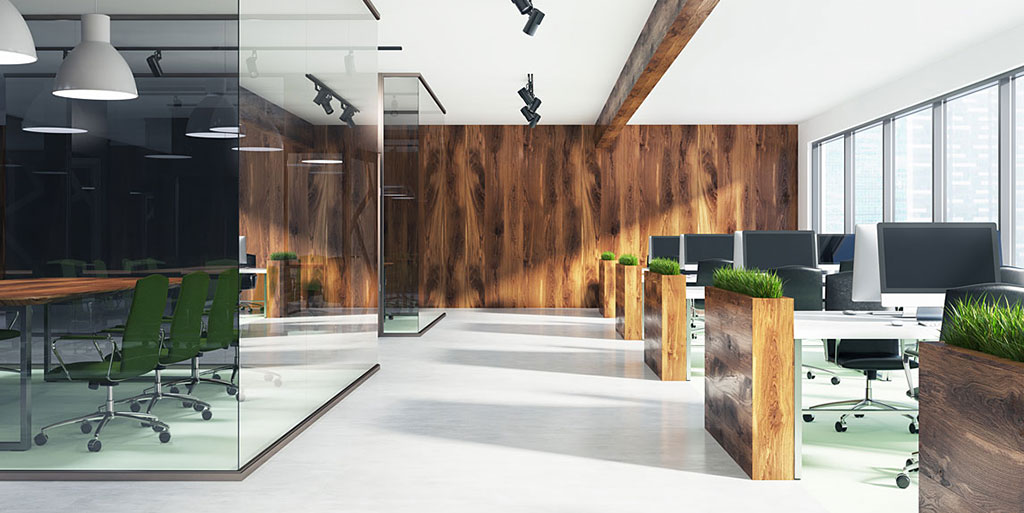
Open office layouts are all the rage these days. They foster communication between workgroups and departments while imbuing the workplace with an air of openness. Nevertheless, there is no one-size-fits-all approach to workplace planning. Here are things to consider when deciding on a workplace plan for your place of business.
If you are in the process of deciding the best way to arrange your office, consider the following factors:
1. Business Type
Which layout type is best suited to facilitate your unique office workflow? If your business is based on creativity, an open-plan design may be the best choice; idea-sharing, innovation and teamwork easily thrive in open environments. If, on the other hand, your business requires heightened concentration and frequent private meetings, cubicles may be the best option. Clients will not feel that their confidential information is being exposed.
2. Cost Savings
Open plan offices can save you a bundle! Due to the open nature of these offices, light and airflow circulation is ample. This can minimize the need for dedicated lighting and air conditioning solutions tailored to offices and cubicles.
3. Distractions
Let’s face it, open-plan offices can be noisy. Cubicles, on the other hand, give individual employees dedicated space and a better environment for concentration.
4. Number of Employees
If you have a large number of employees, it may not be sensible to fit them all in cubicles. An open plan is generally more flexible when it comes to accommodating large, changing workforces.
5. Redesigns
Does your business require constant change? If so, an open plan may be the way to go. Open plan layouts can be easily rearranged and furniture can be moved in and out easily. While modern cubicles are more flexible than they were in the past, they are still a lot more difficult to break down and reconfigure.
6. Germs (Real or Perceived)
Germs can spread easily through offices. And it can be stressful for employees to see their co-workers coughing and sneezing, knowing they may be next. Employees who work in cubicles generally feel they have more control over the spread of germs. That perception may or may not be accurate, but the resulting peace of mind is certainly a plus.
7. Employee Preference
Employees work to their fullest potential when they feel comfortable in their workplaces. Get to know the uniqueness of your employees before setting up your office. Employees who value interaction often work best in open-plan offices, while those that require privacy may fare better in more traditional spaces.
Conclusion
Before deciding on an office plan, consider both the character of your business and the factors noted above. If you still can’t determine which solution is right for you, you may want to consider a Hybrid Plan, which the OFD Team will be tackling in an upcoming blog.
